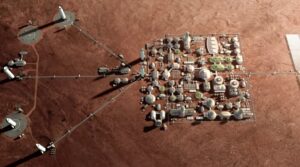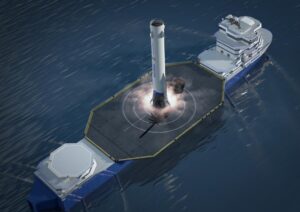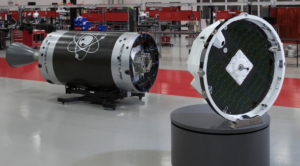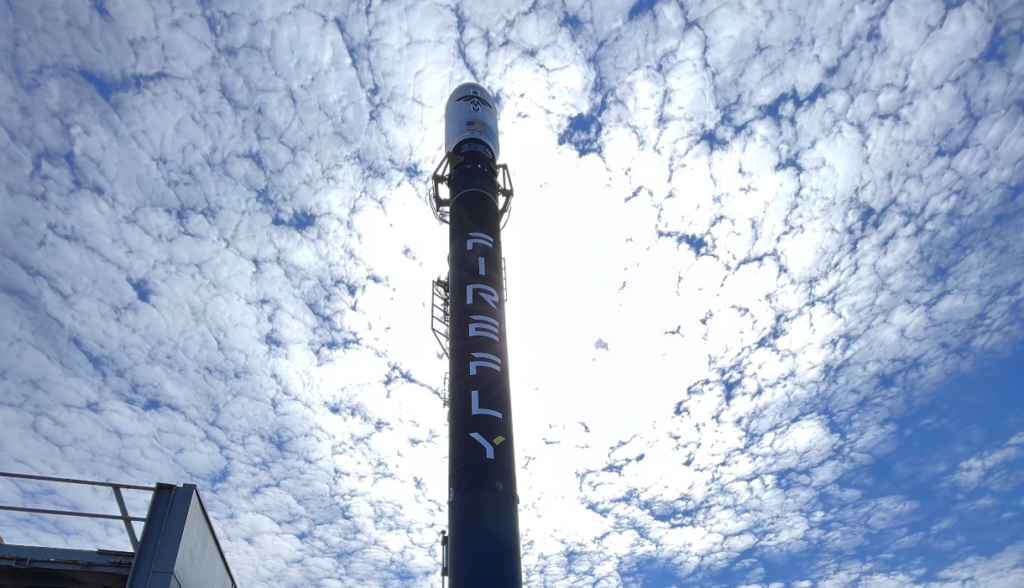
More Firefly Updates Prior To The Second Launch Attempt
The first ever orbital launch attempt of a rocket is a very big deal. More often than not no matter the size of the company it doesn’t end up 100% successful. This was the case around 1 year ago for Firefly Aerospace with the first orbital launch of Alpha. Now in late June of 2022, the company is extremely close to a second chance with high hopes for reaching orbit.
As per usual Firefly has been providing updates on their progress. This especially has been the case as they get even closer. Just over the last few days, they highlighted that Alpha is not only mounted on the pad but going through the various launch operations. If everything continues to go as expected we will likely watch this rocket take off within the next few weeks.
This launch of Alpha joins a busy list of different companies working towards initial launch tests. While Firefly is very confident in the upcoming attempt, even if the rocket does not reach orbit, the missions will provide them with even more invaluable information they can apply to the next attempt. Here I will go more in-depth into the recent updates from Firefly, when exactly we should expect the launch, and more.
Recent Updates
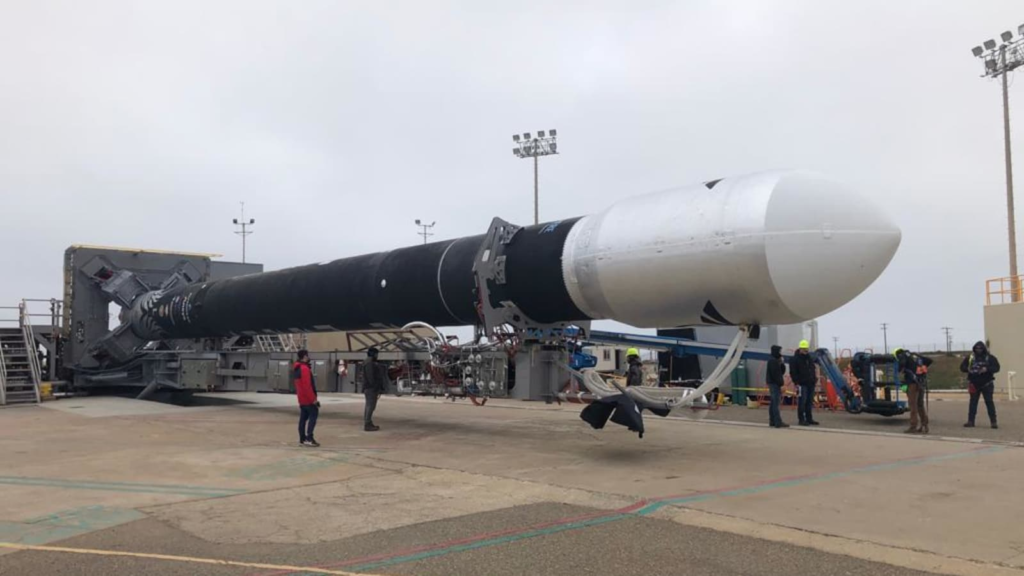
July has been a very busy month for Firefly Aerospace. Not only is the company preparing for this second launch of Alpha but they have already begun work on Flight 3. This is in addition to even more progress on Blue Ghost which is a lunar lander trying to reach the Moon in 2024. Most recently in regards to the second orbital test flight, Firefly gave us some updates on its progress. On July 28th Firefly tweeted saying, “Firefly Alpha Flight 2 is fully integrated and on the pad. We are getting closer to launch, and this time we are going #ToTheBlack. Stay tuned for more updates!” This included an image of the rocket integrated and practically ready to take off.
The next tweet was just yesterday and mentioned, “It’s a beautiful day in California. Continuing launch preparations for Alpha FLT002 with our partners @SLDelta30 at our Vandenberg Space Force Base SLC-2 launch site.” More specifically, Firefly conducts Polar and SSO launches to high inclinations from SLC-2 at Vandenberg Space Force Base, California. VSFB can support launch azimuths from 140 degrees to 260 degrees. An on-site Horizontal Integration Facility (HIF) is utilized for processing and integration of Firefly launch vehicle stages. The HIF is also where the integrated PLF will be mated to the LV. The facility is climate controlled and provides power and the high-pressure gases used for processing Alpha LVs. The HIF is a 5,000 ft2 open high bay with an eave height of 25 feet. This allows for removal and unloading of components from flatbed transportation trailers with deck heights up to 58”. Two bridge cranes in the high bay support processing and operations. Multiple engineering workstations, administrative space, and communications equipment rooms are available for customers. Just a few weeks ago this was where Alpha was kept prior to the move to the pad.
Firefly’s Future

Now that we know more about the progress Firefly is making toward the second orbital test flight, we can take a closer look at the launch vehicle and the result of the first launch attempt. Firefly describes Alpha as the world’s most advanced 1,000 kg small satellite launch vehicle. Using tried and true, flight-proven rocket technologies, Alpha is 100% manufactured in the USA and designed to be the most reliable small satellite launcher available. Alpha’s pump-fed, regeneratively-cooled engines use standard LOx/RP, and its avionics systems, such as the flight computer and communication system, employ COTS components with established flight heritage. Modern advances in carbon composite materials are used to create strong, lightweight primary structures such as propellant tanks. Entirely manufactured and launched in the USA, they are able to keep costs to a minimum while working toward unprecedented dependability.
Alpha utilizes well established propulsion technology. Both stages use common designs: copper regen-cooled LOx/RP-1 thrust chambers, a simple tap-off cycle which drives single shaft turbopumps, nozzle-mounted turbine exhaust manifolds, and hydraulic actuators. Innovations in Firefly engines include our simple “Crossfire” injector, tap-off geometry, dual-mounted electrically actuated, trimmable propellant main valves, and ultra-compact horizontal turbopump mounting. The upper stage engine, “Lightning,” includes a turbine-exhaust cooled refractory metal high area ratio nozzle extension. The first stage “Reaver” engines feature simple single axis gimballing. Consistent with the overall Alpha vehicle design, cost and performance are traded and optimized in Lightning and Reaver components to provide the best payload performance value. In terms of structures, Firefly utilizes advanced carbon-fiber composites for the entire airframe of Alpha, including the state-of-the-art, linerless, cryogenic propellant tanks. Composite materials are ideally suited to launch vehicle structures due to their high strength, low density and tailorable material properties. This allows Firefly Alpha to lift heavier payloads than a similar metal rocket.
In addition, Firefly Avionics hardware utilizes a combination of custom designed state-of-the-art and Commercial Off the Shelf (COTS) components. Data Acquisition is accomplished using a rugged, modular Data Acquisition Chassis, which provides analog to digital conversion of all sensor data, and further packages the data and transmits to the Flight Computer via an onboard Ethernet network. The Flight Computer incorporates all vehicle telemetry and transmits data along with video to various Earth ground stations along the flight trajectory, for the duration of the flight.
Firefly was founded to provide economical and reliable access to space through the design, manufacture, and operation of launch vehicles and spacecraft. To reduce risk and increase reliability, Firefly employs a vertically integrated manufacturing process while leveraging high maturity COTS components. The technologies employed in the flagship Alpha vehicle provide a clear pathway for future incremental improvements in capability, and expansion of the Firefly Beta launch vehicle. All of which have to do with the first launch of Alpha in September of last year. Specifically, On September 2nd, Firefly Aerospace Inc., an emerging provider of economical and dependable launch vehicles, spacecraft, and in-space service conducted the maiden flight of its Alpha launch vehicle from Vandenberg Space Force Base in California.
“Firefly has conducted the first test flight of our Alpha vehicle. The day marked a major advancement for the Firefly team, as we demonstrated that we ‘arrived’ as a company capable of building and launching rockets,” said Tom Markusic, CEO of Firefly Aerospace. “Although the vehicle did not reach orbit, we acquired a wealth of flight data that will greatly enhance the likelihood of Alpha achieving orbit during its second flight. In short, we had a very successful first flight.” The test began with a nominal countdown and lift off at 6:59 PM PDT and achieved a successful first stage ignition, liftoff from the pad, and progression to supersonic speed. During the flight, the launch vehicle experienced an anomaly that resulted in a safe termination of flight by the Range using the Flight Termination System (FTS). An initial review of flight data indicated that an electrical issue caused the shutdown of one of the four first stage Reaver engines.
As stated on September 2nd by Space Launch Delta 30 the Alpha rocket was terminated “over the Pacific Ocean at 7:01 p.m. Pacific Time after a successful liftoff at 6:59 p.m.. There were no injuries associated with the anomaly.” During the two minutes and twenty-five seconds of flight, Firefly obtained a substantial amount of flight data that will be utilized to improve the design of future Alpha launch vehicles, including the second flight vehicle, which is currently being integrated for flight at their Briggs, Texas manufacturing and test facility. Markusic also stated, “Firefly has been incredibly fortunate to have partners that share our vision and passion. The most difficult and perilous days of Firefly Aerospace were funded by Noosphere Ventures, founded by Max Polyakov. Early on, Max and I created the technological and business development roadmap – the first launch of Alpha being a hard-fought landmark achievement for the entire team.” He continued, “The Alpha launch vehicle was developed by a world-class group of talented and dedicated technical directors. Firefly’s Flight and Test Operations Department, led by Anne Chinnery, Brad Obrocto, and Sean Reilly, built Firefly’s launch facility and successfully conducted the first launch.”
Conclusion
Firefly has a very big challenge ahead of them. Not long from now, we can expect to watch the company try to reach orbit for the second time using Alpha and the knowledge gained from the first attempt. We will have to wait and see how it progresses and the impact it has on the space industry.

